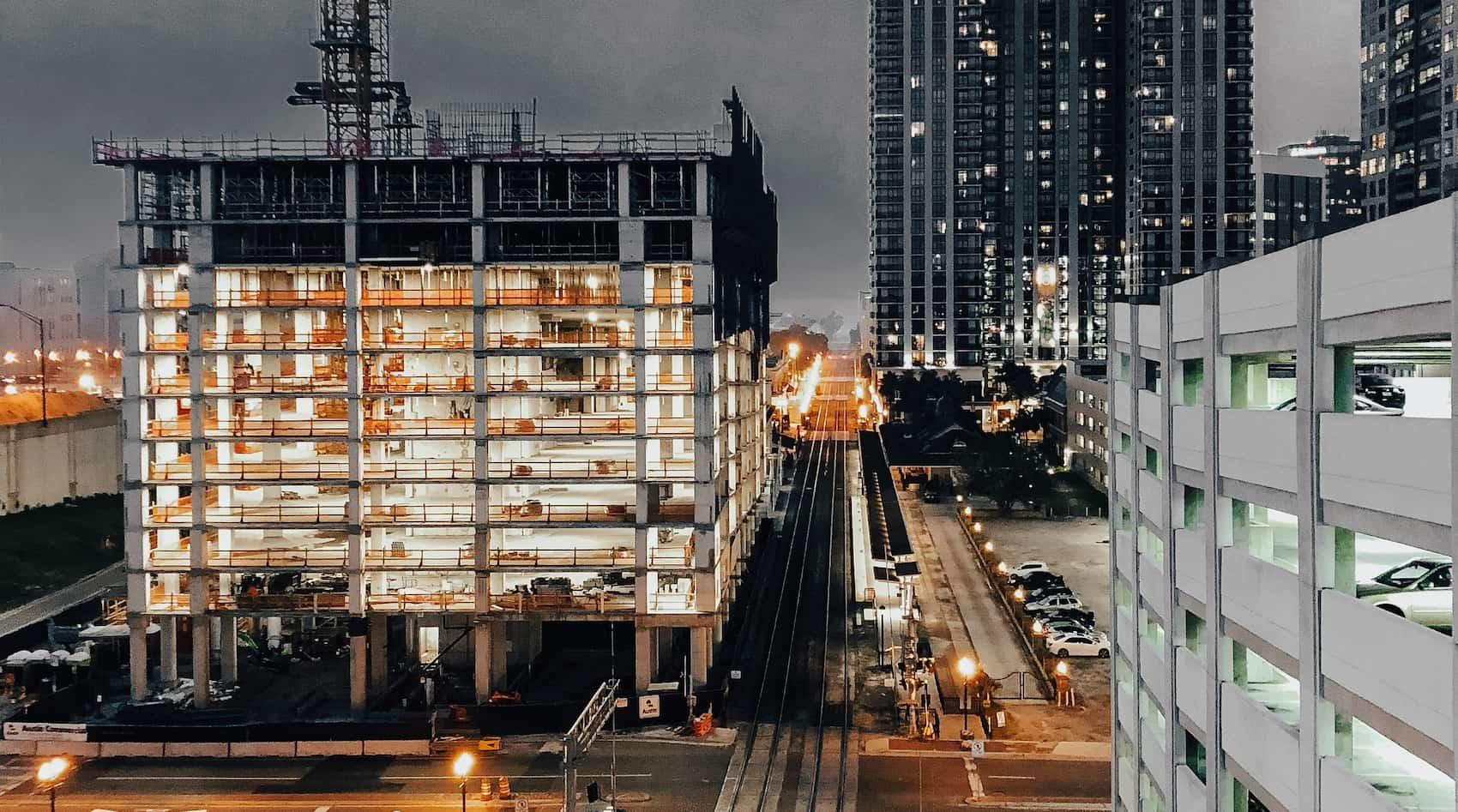Goodwin Street Developments atf Jesmond Unit Trust v DSD Builders (in liq) [2022] NSWSC 624, is the first Supreme Court decision on the statutory duty of care owed by building practitioners under the Design & Building Practitioners Act 2020 (DBP Act).
The case involved a dispute between a landowner that had contracted with DSD Builders to construct three boarding houses. DSD’s sole director was Angela Sendirdijan, the wife of Mr Daniel Roberts, who was the second defendant in these proceedings.
Construction work commenced in or around July 2017 and a short time thereafter, DSD’s supervisor left the Project and was never replaced. Mr Roberts (who was alleged to have been DSD’s representative) assumed the supervisory role on the project.
Disputes started to arise within 6 months of the Project on matters such as defective building works, delays and payments. Works were suspended on 2 March 2018 and two weeks thereafter, Goodwin’s directors observed serious damage to the construction work with previously installed items such as windows, stairs and doors being removed.
Goodwin subsequently terminated the Contract after a series of default notices remained unanswered. Proceedings were then commenced against DSD and Mr Roberts for property damage, trespass and breach of the statutory duty of care under section 37 of the DBP Act.
Three years into the proceedings, DSD Builders went into liquidation and proceedings against them were stayed leaving claims in excess of $850,000 against Mr Roberts to be determined by the Court.
STATUTORY DUTY OF CARE
Was a boarding house construction work ?
The first question was whether a boarding house fell within the meaning of “construction work” for the purposes of Part 4 of the DBP Act.
In determining this question, Stevenson J placed reliance on:
- S 36(1), which defines ‘construction work’ as ‘building work’ or ‘supervising, coordinating, project managing or otherwise having substantial control over’ carrying out building work;
- statements made during the second parliamentary debate and the definitions contained in the Environmental Planning and Assessment Act (EPA Act) where David Shoebridge affirmed the intention of the legislation was to have wide reaching application, i.e. “I turn now briefly to discuss the various amendments. Amendment No. 1 provides that the duty of care applies to all buildings and includes a definition of “building” for the purpose of the duty of care and that “building” has the broad meaning of “building” in the Environmental Planning and Assessment Act.” (EPA Act); and
- the definition of ‘building work’ under the EPA Act which includes “[P]art of a building, and also includes any structure or part of a structure … but does not include a manufactured home, moveable dwelling, or associated structure within the meaning of the Local Government Act 1993 [(NSW)].”
In considering the above, the Court confirmed that all building work, not just residential building work or Class 2 buildings, will be caught by the duty of care provisions under the DBP Act.
Was Mr Roberts carrying out Construction Work?
There was no dispute that the work was defective so the only issue that remained was whether Mr Roberts carried out construction work such that he breached his statutory duty of care to Goodwin.
S 37 states that a person who carries out construction work has a duty to exercise reasonable care to avoid economic loss caused by defects arising from construction work.
Goodwin led unchallenged evidence that Mr Roberts:
- from the very beginning, introduced himself as the builder of the Project;
- attended regular site meetings, approximately every two or three weeks;
- was the only representative of DSD; and
- knew of the defects and would often respond by saying “don’t worry about it’ll all be fixed” and “yeah, we’ll get to it.”
The Court accepted Goodwin’s unchallenged evidence and held that Mr Roberts was performing project management and supervision of the work. As such, the duty of care had been breached by Mr Roberts. Relevantly, Stevenson J stated: “As it was Mr Roberts that was project managing the construction on the site, and as the construction works were undertaken under Mr Roberts’s supervision, the fact that the defects were not corrected despite Mr Roberts’s assurances that “I’ll fix it” bespeaks his want of care in project managing and supervising the construction work.”
Stevenson J’s decision aligns with parliament’s intent for the statutory duty of care to be owed not only by corporations but individuals also, which means natural persons.
KEY TAKEWAYS
The case confirms that a statutory duty of care will be owed by building practitioners for all building works, not just works that are classified as Class 2 Buildings. Further and most importantly, the duty will be owed by individuals and corporations which means that industry participants can no longer hide behind the corporate veil.
For all owners of residential real estate in NSW, take note that where a developer entity or building company no longer exist, there might still be a cause of project management and/or supervision of the construction work during the project
For all project managers, superintendents, directors and shadow directors, take note that you must exercise caution and due diligence when performing supervisory or management roles on the construction site as this decision confirms, in no uncertain terms, that owners can hold you personally to account when defects arise.
Of course, the burden of proving that certain personnel retained such control of works specifically linked to defects will not always be easy, especially if the owners are subsequent owners such as owners corporations.
Please contact Construction Legal for more information or advice in relation to the matters discussed above.



























